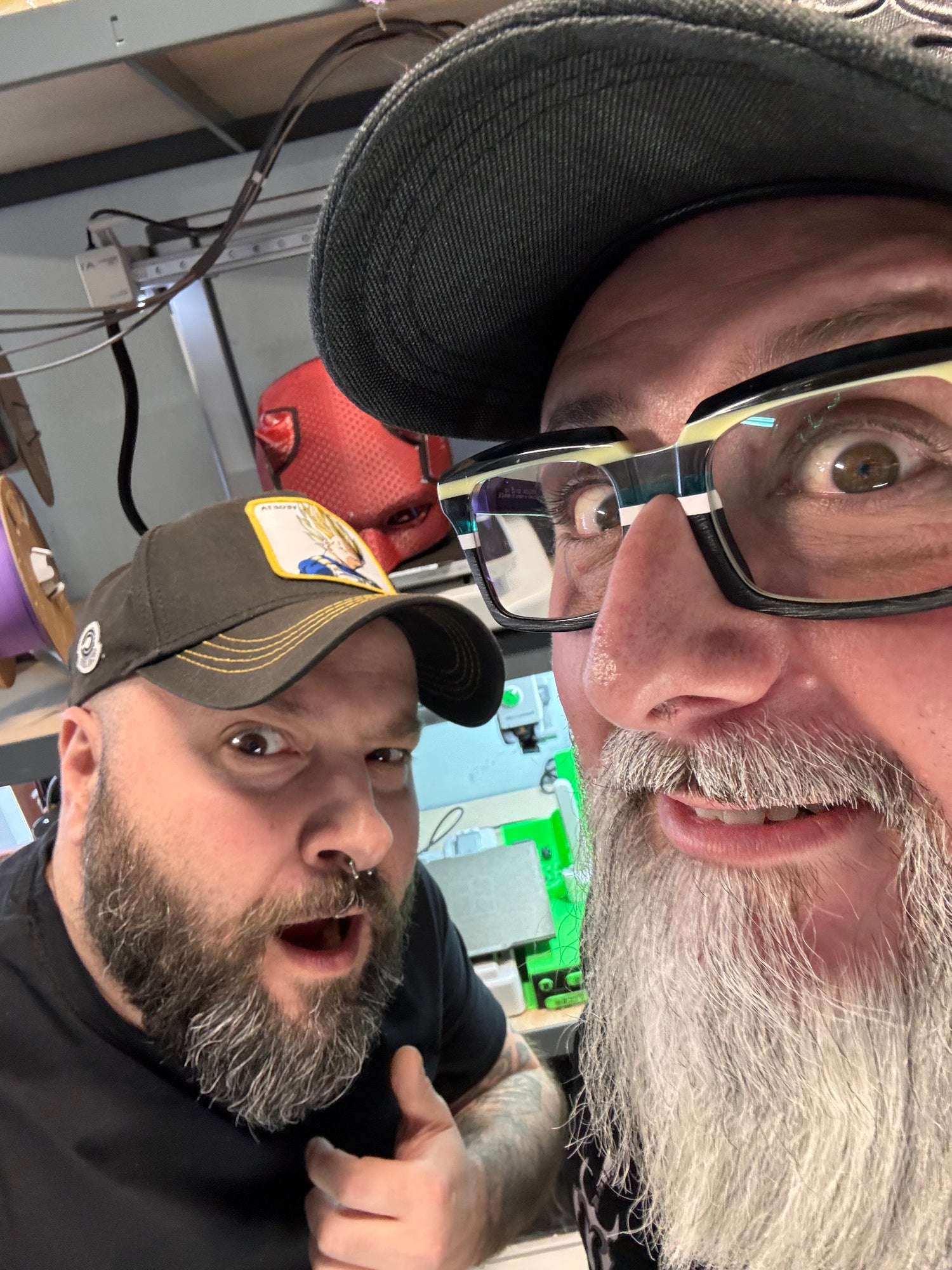
TITANS FORGE 3D PRINTING
Titans Forge 3d was born in April 2024, from the idea of two friends who had a common hobby, 3d printing . This passion then turned into a real job, going from making objects for friends and relatives, to giving life to projects and ideas for customers throughout Europe .
Behind all this are:
Fabio, our artist who ranges from painting with airbrush and brushes, to printing all projects in resin.
Luca, our designer who transforms a nerd idea into a personalized print ad hoc for any request
OUR 3D PRINTERS
Our laboratory is the beating heart of creativity and precision. We use cutting-edge technologies to guarantee the highest quality results, taking care of every detail with care and passion. From design to 3D printing, each phase is followed with expertise to offer faithful, resistant and unique action figures and customized objects . The combination of innovation and craftsmanship allows us to satisfy both collectors and model makers, with tailor-made solutions for every need.
-
FDM or FFF 3D printing
FDM or FFF (Fused Filament Fabrication or Fused deposition modeling) works on an "additive" principle by releasing the material in layers. A thermoplastic filament is unwound from a spool, which supplies the material to an extrusion nozzle, with which it is possible to manage the flow. The nozzle is heated to be able to melt the material and can be guided both horizontally and vertically by a numerically controlled mechanism, i.e. following a path traced by a slicing software, sent to the machine in the form of G-code.
-
Resin Printing or LCD Stereolithography
A method that uses stereolithography technology is the use of LCD screens backlit by an ultraviolet source. These machines have the advantage of being much simpler and more compact and much cheaper (you can find machines of this type with prices starting from a few hundred euros). They have the same advantage of DLP technology of simultaneously printing an entire layer and therefore printing multiple parts at the same time.
The disadvantage of this type of printing is the rapid degradation of the displays due to the UV rays to which the displays are subjected.
There are some types of resins called "daylight" that can polymerize with light in the visible spectrum (up to 450nm) and therefore use the classic backlighting of screens, extending their useful life. The disadvantage is that the resins must be treated with greater caution as they react with natural light and often the mechanical characteristics are inferior to standard UV resins.
